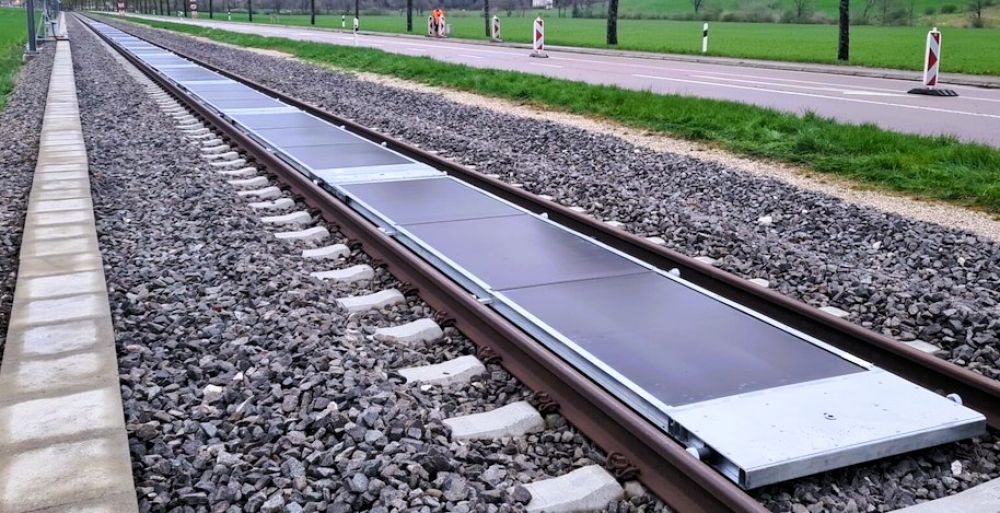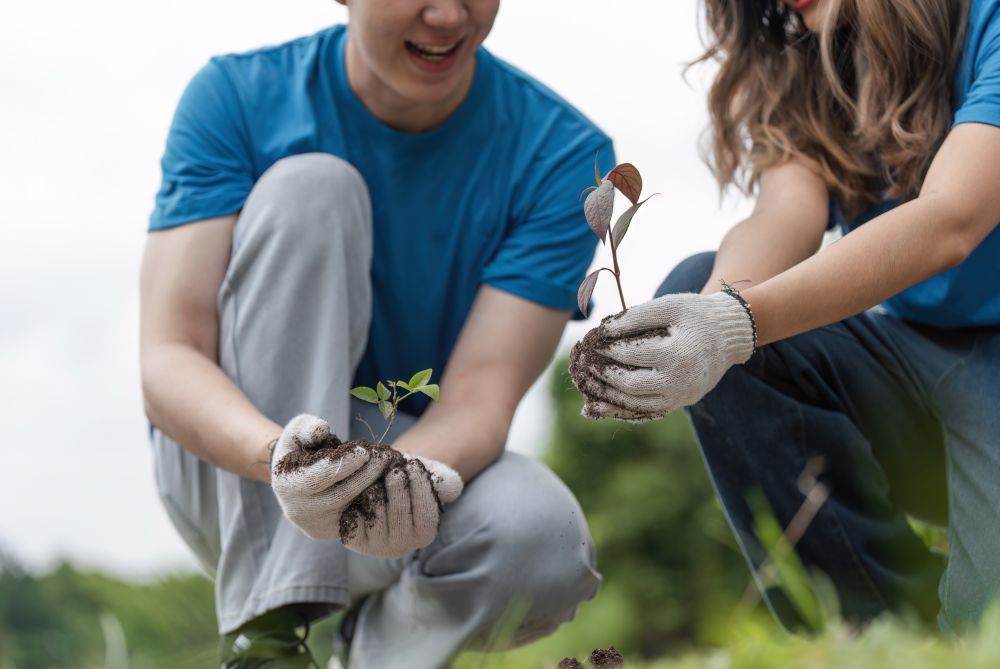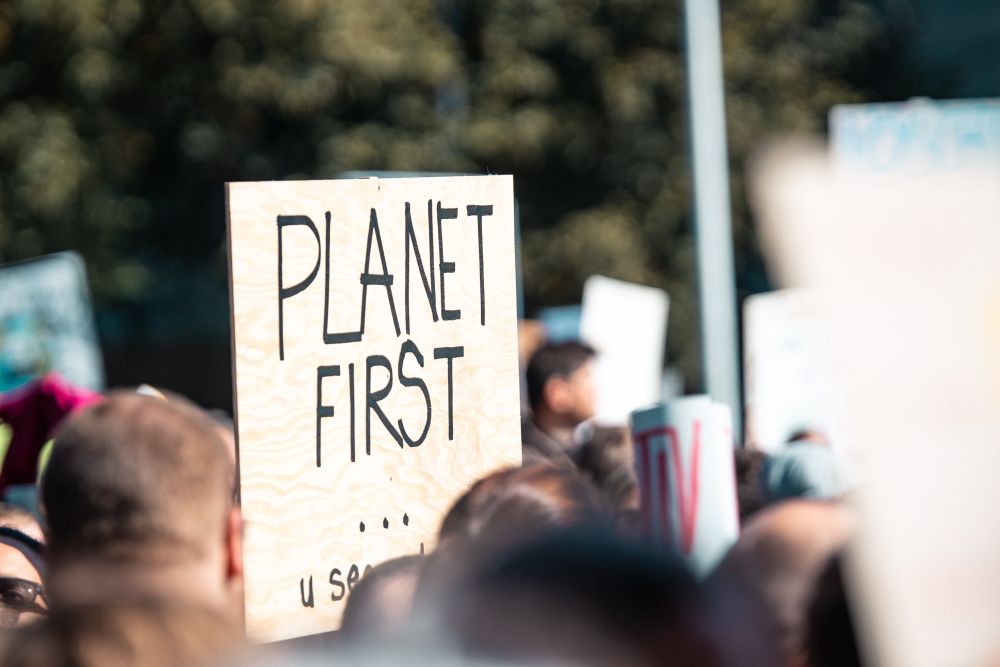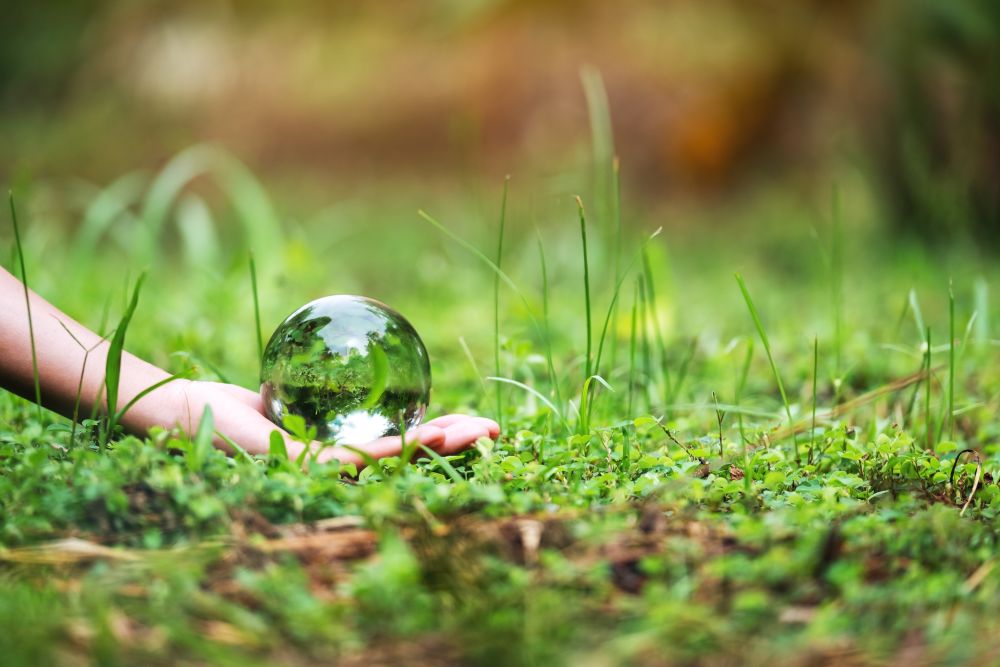06/25 What is Green Youth 360 Project?
Posted 5 months ago
Greeningdotlive Article - June 25, 2025
Inside the Dadaab and Kakuma refugee camps in Keyna, two of the world’s largest and longest-standing displacement sites - young people are being equipped not just to survive but to lead on the frontlines of climate resilience.
The product initiated by the Education Above All (EAA) Foundation and implemented in partnership with Kenya’s Girl Child Network (GCN), known as the Green Youth 360 Project, is a pioneering climate action and green skills initiative reshaping futures in communities that have been overlooked in global environmental conversations.
Launched to empower displaced and marginalized youth, the project introduces practical training in climate-smart agriculture, renewable energy, water conservation, waste management, and eco-entrepreneurship. These are not just theoretical concepts but tangible skills that these young people can use to make a real difference in their communities. This emphasis on practical training ensures that the audience is well-informed about the project's approach to climate resilience.
“This project is about more than planting trees; it’s about planting opportunity,”
In the Kakuma camp, solar-powered irrigation systems are being installed to sustain greenhouses operated by refugee youth. In Dadaab, students learn to convert waste into clean-burning briquettes, thereby reducing their reliance on charcoal and protecting the few remaining trees. From community-led nurseries to climate education workshops, Green Youth 360 is blending tradition with innovation, with a special focus on empowering girls and young women.
The project’s impact ripples far beyond the camps’ perimeters. Host communities, often facing the same ecological stresses as the displaced, are included in training programs to foster solidarity and shared stewardship of the fragile environment.
In a region where prolonged droughts, food insecurity, and environmental degradation are compounded by displacement, the initiative offers not just skills but also dignity by restoring hope through hands-on learning that directly responds to the context.
Globally, refugee populations are among the least responsible for climate change but face its harshest consequences. Projects like Green Youth 360, which are increasingly recognized as models for integrating environmental sustainability with humanitarian response, are a source of pride and inspiration. They show that even in the most challenging circumstances, innovative solutions can be found, sparking optimism for the future.
General Info About Dadaab
Dadaab, located in northeastern Kenya near the Somali border, is one of the world’s largest and oldest refugee camps. Established in 1991 amid civil war in Somalia, it has grown into a sprawling complex of settlements hosting hundreds of thousands of refugees—mainly from Somalia, but also from South Sudan, Ethiopia, and other conflict-affected regions. Despite facing chronic challenges such as overcrowding, limited resources, and harsh environmental conditions, Dadaab remains a symbol of humanitarian resilience and regional solidarity. Today, it stands at the crossroads of crisis and opportunity, especially as new initiatives, such as green skills training, begin to transform the lives of its youth.
General Info About Kakuma
Situated in Kenya’s northwestern Turkana County, it is one of the largest refugee camps in the world and a longstanding sanctuary for people fleeing conflict and persecution across East and Central Africa. Established in 1992 to accommodate South Sudanese refugees, it now hosts a diverse population from over 20 countries, including the Democratic Republic of the Congo, Burundi, Ethiopia, and Somalia. Despite its remote location and arid climate, Kakuma has evolved into a vibrant, self-organized community where education, innovation, and resilience thrive against the odds. With initiatives like the Green Youth 360 Project, the camp is emerging as a model for integrating sustainable development into humanitarian settings.





